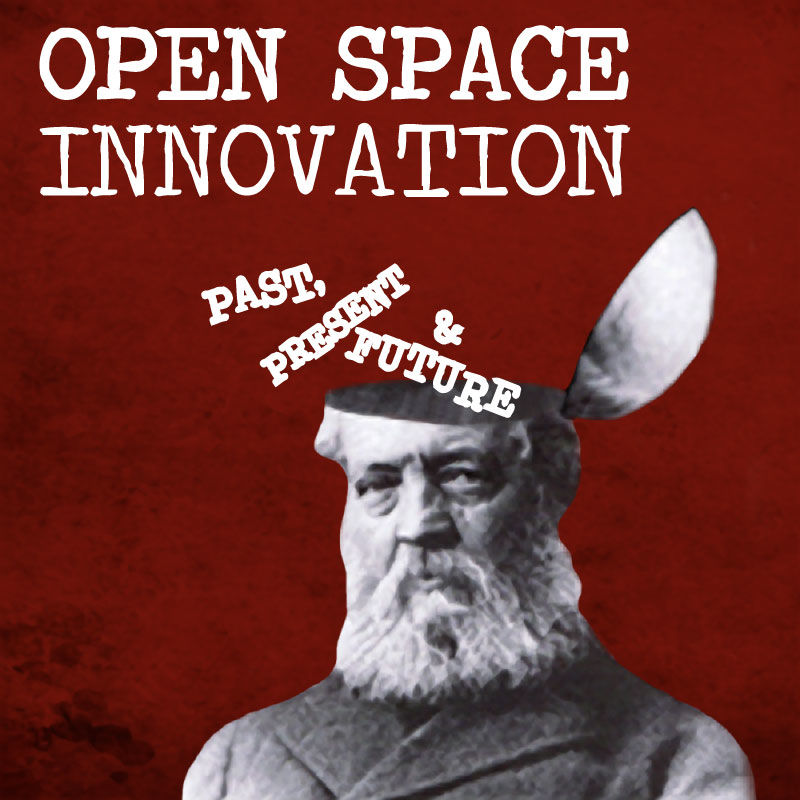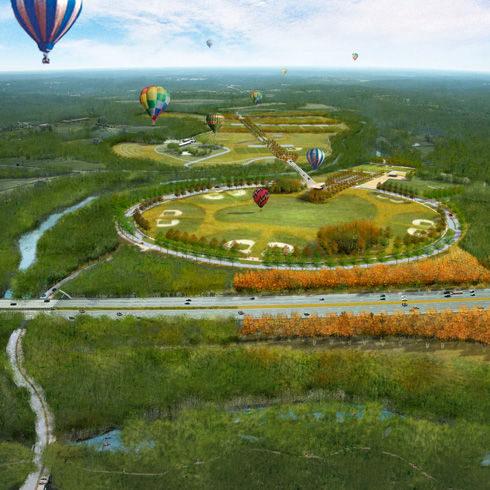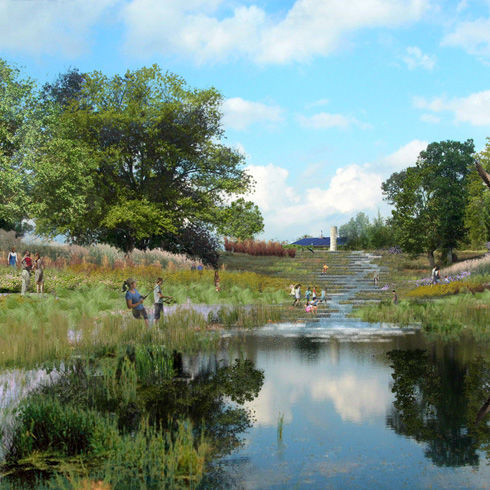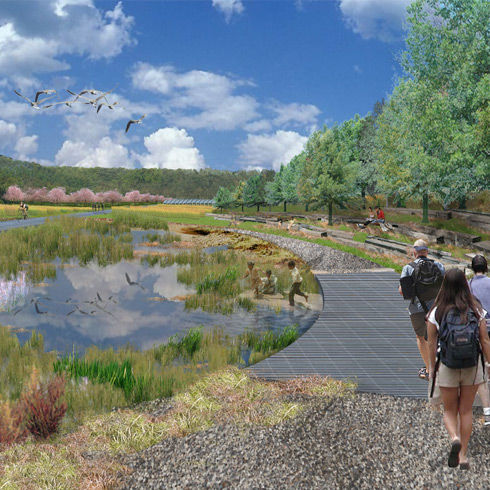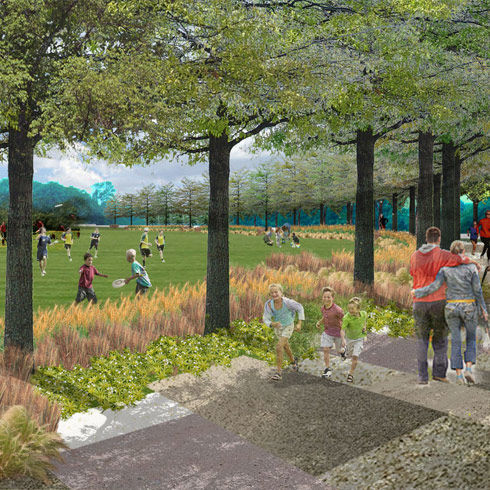As the city grew and implemented portions of Olmsted’s plan, his open space framework became core to Louisville and established a standard for incorporating “nature into neighborhoods.”
Over a hundred years later, Louisville is undertaking another holistic open space project, the Floyds Fork Greenway master plan and landscape design. In leading the project, WRT builds upon Louisville’s tradition of open space design to create a 3200-acre greenway addressing the city’s eastward expansion and increased recreational needs. Comprised of trails, parklands, and preserves, the greenway will also preserve habitat, enhance biodiversity, improve water quality, and preserve agricultural land through sustainable design strategies.
Louisville is not alone. Other US cities, counties, and states are also implementing greenways. The tangible, quantifiable benefits will likely secure their role in the future of open space planning and hopefully spark innovative approaches to incorporating and designing them.
